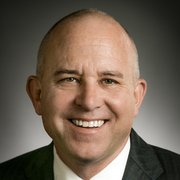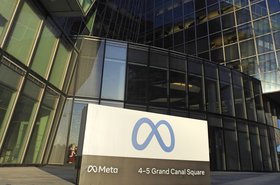Data centers are one of the most energy-intensive commercial structures being built today, consuming up to 50 times the energy used to power the typical office building. As data center demand already threatens to outpace supply, and as data-enabled tech continues to grow, so does the need for efficient building and resource identification for these buildings. To put power demands into perspective, data centers account for two percent of the US’s energy usage.
In terms of civil design, data center construction is pretty straightforward, but much more is involved when it comes to due diligence and coordination, particularly around power sources. A data center is more than just another industrial building and often involves a complex, lengthy due diligence process. Evaluating a site for reliable and redundant power is a critical part of due diligence, as electricity is one of the most significant costs related to data center operations, accounting for up to 80 percent of operations expenses. That includes the electricity to not only power the servers but also to cool the servers inside the building.
On top of this, there’s been an increase in directives from corporate users for carbon-free power. Only around 20 percent of the United States’ electric grid is powered by renewable energy sources – and while this number continues to increase each year, the shift towards zero emissions by end users is proving a challenge.
Planning and due diligence for power supply
When planning data center construction, it isn’t as straightforward as synchronizing what the facility needs to function, especially knowing power needs to be at the top of the list. One of the first considerations should be power availability, typically informed by conversations with local power providers. Establishing a reliable power source can often be a chicken-and-the-egg situation. No one wants to start construction of a building without a guarantee there’ll be electricity to power it. Still, electric companies can be reluctant to commit to erecting transmission lines and substations needed by a data center that doesn’t exist yet. Reluctance aside, the timeline to prepare power sources for data centers can be five years or more. Electric companies will sometimes commit to smaller amounts of bridging power with a long-term schedule to reach ultimate demands. That’s where due diligence, relationship building, and research come into play on the consulting side.
When it comes to powering data centers and feeding them with data, redundancy is a key word.
Data centers need access to fiber optic cables with multiple providers running major lines nearby. Backups keep things running even if one system falters or fails. A dedicated substation will have looped transmission lines to ensure continued operations in the event that one line fails. In a disruption of mainline power, battery banks will provide electricity for a few minutes until onsite generators are able to ramp up to capacity.
Power in Texas
Texas is one of many US regions seeing data center growth, especially in the Dallas-Fort Worth, Austin, and San Antonio areas. These cities in Central and North Texas are desirable locations because of the ideal combination of available land, water resources, diverse fiber optic cables, and generally mild weather with a lower risk of natural disaster. But, the power grid in Texas sets the state apart from others for data center construction.
Texas is the only state not reliant on national power grids. Instead, the state has its own independent grid, managed by the Electric Reliability Council of Texas (ERCOT). Because the state deregulated its energy industry more than twenty years ago, it can offer more grid reliability and lower costs than might be found in other states. Beyond that, renewable energy sources accounted for more than 40 percent of the state’s electricity in 2022.
Recently, the State passed Proposition 7, a constitutional amendment to provide funding for the construction, maintenance, modernization, and operation of electric generating facilities. The amendment is anticipated to provide billions of dollars towards the development of new power plants in the state.
Change will remain a significant theme in data center planning and construction, especially when it comes to power sources. Proper planning and due diligence will allow data centers to continue to meet the needs of businesses and consumers as advancements in technology continue to cascade into their lives.





